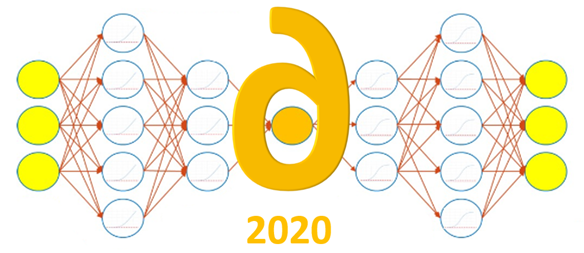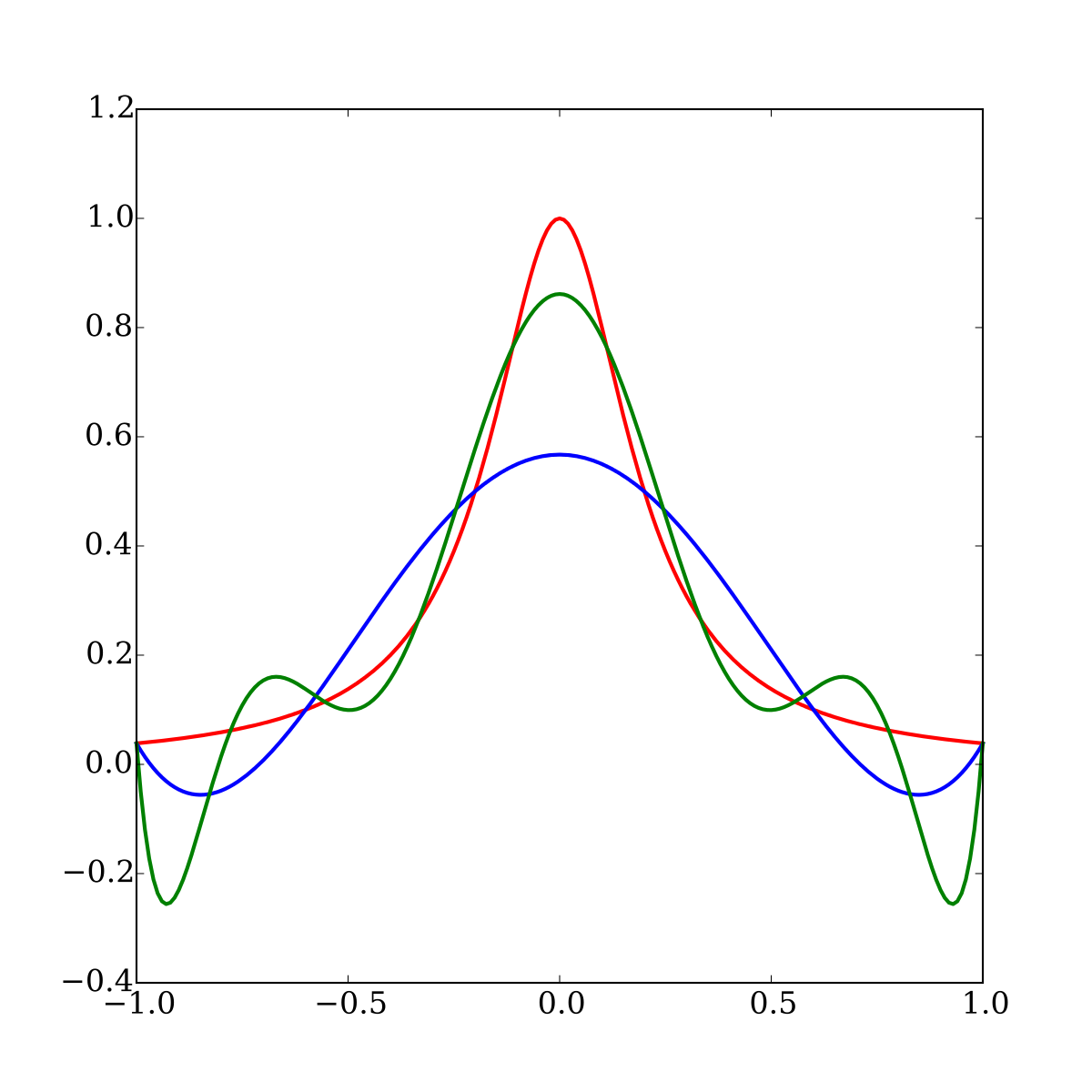- Joined
- 12/6/18
- Messages
- 26
- Points
- 13
I just published with my colleague Brian Huge the result of 6m+ research at Danske Bank on pricing and risk approximation by AI. We found that the combination of ML with automatic differentiation (AAD) makes a rather spectacular difference.
working paper: [2005.02347] Differential Machine Learning
gitHub: differential-machine-learning - Overview
colab notebook: Google Colaboratory
blog: Differential Machine Learning

Antoine Savine
The working paper is available on arXiv, pending review by Risk Magazine. Feedback from the community is much appreciated.working paper: [2005.02347] Differential Machine Learning
gitHub: differential-machine-learning - Overview
colab notebook: Google Colaboratory
blog: Differential Machine Learning

Antoine Savine

